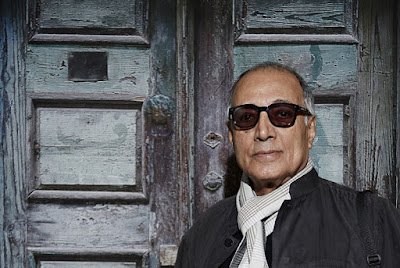 |
| Sheida Soleimani, “Lachrymatory Agent” (2014). Archival Pigment Print, 24 × 17 ̋. Courtesy The Brooklyn Rail. |
by Matthew Biro,
The Brooklyn Rail
Can art today be a form of protest? And, if so, what subjects, what issues, what transgressions or injustices, does it most vitally and persuasively critique? In many ways, the obvious answer to this question is “yes.” As critics and historians remind us, many of the founding acts of modern art were based in the criticism and negation of the status quo, as artists and writers attacked conventional ways of seeing, doing, being, and understanding the world. And even after the rise of postmodernism, with its rejection of so many of high modernism’s primary ideals or values, modern art’s foundation in negation remained a bedrock for the continuing production and understanding of contemporary art.
At the same time, in today’s art world, many forms of critique seem worn out and hollow. Mega-artists like Christopher Wool and Jeff Koons appear to criticize the commodification of experience, the ways in which we as individuals begin to think, feel, and dream in stereotypes. Their works, according to their proponents, can easily be read as protests against the growth of hierarchy, inequality, commodification, and the spectacle. Despite this, however, their irony and attacks on artistic subjectivity create ambiguity and distance the spectator in ways that equally affirm both left- and right-wing ideals. At their core, the artworks of Koons and Wool suggest that all values are relative, and they support even the most extreme capitalist, free-market ideologies. Protest can perhaps still be genuine and viable in art today, but it can also clearly function as an attitude or pose, just another way of doing business.
For this reason, the question that I directed at different writers and artists in mid-April was, “Can art still be critical?” Their generous responses prove that it can be; although, to be sure, criticism can also be a clichéd attitude, espoused by even the most conservative artists. The separation of critique from affirmation, we are shown, always lies in the details, in the presence—or lack—of a significant crossing of content with form. Protest, we discover, arises from the tensed interaction of a certain imagination with a specific here and now, or in the unconventional conjunction of real historical events with particular techniques and strategies. And although it takes a variety of forms in art today, the presence of protest needs to be noted; for if art eschews criticism, it runs the danger of becoming mere entertainment, just another commodity that supports the status quo.
There are many ways to keep protest alive in art today. Over the past few years, I’ve had the pleasure of following a number of artists under 30, whose works powerfully and convincingly embrace the task of critique. Their examples provide me with a sense that art can still be critical; and furthermore they suggest that dissent is once again changing, that it is becoming less cool and didactic. Instead, as these newcomers demonstrate, critique and social activism in art today are messier, more material and ambiguous, and increasingly imaginary and fantastic. A different sensibility, a kind of “libidinal politics,” seems to be growing, an attitude that blends political critique with reflection on the media and the body.
American born Sheida Soleimani makes photographs of an Iran she has never visited in person. The child of refugees who fled persecution in the Islamic Republic, she updates the strategy of photomontage, creating broken representations of a country where violence intermixes with desire. To make her photographs, Soleimani prints out images sourced from the Internet—politicians, religious figures, soldiers, prisoners, executioners, and ordinary people, as well as oriental rugs and other patterned forms—that she then combines with three-dimensional objects. The resulting dioramas, in which appropriated images are mixed with raw and processed foods, toys, pebbles, plants, hair, leaves, wigs, sugar cubes, and fabrics, are carefully lit and then re-photographed with a high resolution medium format digital camera. And the images that result, whose constituent parts signify Iran in a variety of different ways, suggest twisted propaganda posters or surreal product displays.




























